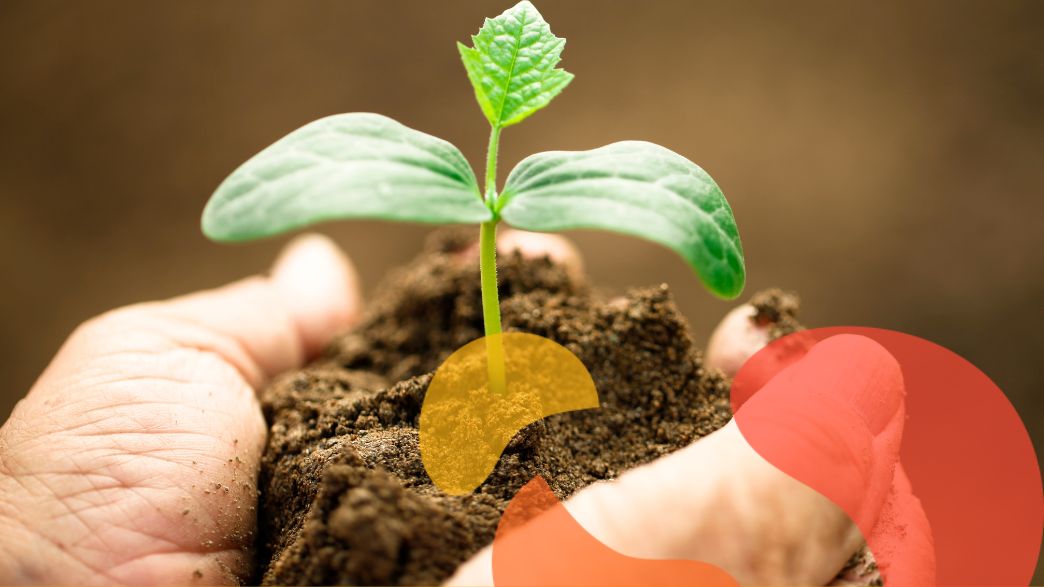In addition to application in transport and power generation, did you know that biogas can also be used for sustainable agriculture?
It is not new that people use biogas as a source of energy. If the most common form of use is as fuel for power generation or in vehicles, biogas can also be sustainable and contribute to agriculture.
Still without great expression in the Brazilian energy matrix, the biogas market has been growing every year in the country. The reasons are the increase in investment in alternative sources, greater technological development and public policies to reduce fossil fuels, which have expanded the possibilities of using this energy resource.
Understand, in this content, how biogas contributes to sustainable agriculture and its relationship with the production of biofertilizers.
The contribution of biogas to sustainable agriculture
One of the advantages of using biogas is that it can be used from a source of heating, whether domestic or in industries, to replacing coal in the energy and transport sectors.
The production of biogas takes place through biodigestors from the processing of vegetable or animal organic matter, which generates the gas capable of producing energy. The effluents, which are liquid residues left over from this process, can be used as a biofertilizer. Thus, the product generated from the process reduces dependence on chemical fertilizers and positively impacts sustainable agriculture.
With the production of biofertilizers from biomass, forests are preserved and deforestation for burning firewood is reduced. In this way, biogas replaces firewood in burning and combustion and allows the improvement of the nutrient and carbon recycling cycle, reducing greenhouse gas emissions.
The advantages of biofertilizers and biogas in Brazil
The main advantage of using biofertilizer is that it reduces the use of chemical fertilizers in crops. The biofertilizer works as an agricultural defensive and fights pests and diseases in plantations. In addition, it increases the availability of potassium and nitrogen in the soil and corrects the pH. As it is non-polluting, it stimulates the multiplication of micro-organisms and strengthens the soil.
In Brazil, currently, biogas production has an average of 134 million cubic meters produced per day (MMm³/d), according to data released by the National Oil and Gas Agency (ANP). By the end of 2022, there is a production estimate of at least 2.8 billion Nm³ until December.
Last year, 102 new plants started operating, with an increase of 10% in the total volume produced. The sector’s production involves animal husbandry activities with the use of manure substrates, effluent from manure and leftover feed. In addition, a good part of the biomass comes from plantation remains or municipal solid waste from landfills.
In addition to this use, there is no way to talk about biogas without talking about the generation of electricity. Currently, this is the main energy application carried out in Brazilian biogas plants. In the year 2021, 87% of the plants in operation destined 71% of the volume of Brazilian biogas for the generation of electric energy.
Therefore, investment in biogas is important, not only for the development of a more sustainable agriculture, as well as these organic residues contribute to the promotion of a circular economy that is beneficial to the environment.





